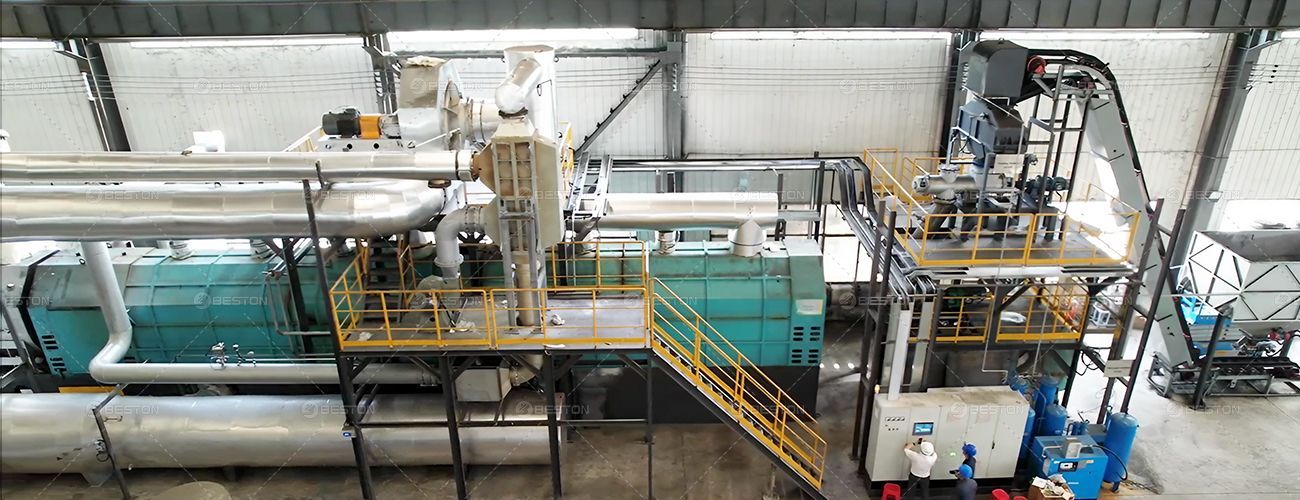Regional Suitability of Continuous Plastic Pyrolysis Technology
Continuous plastic pyrolysis has emerged as a pivotal technology in addressing global plastic waste accumulation. By operating in a steady-feed and steady-discharge mode, it surpasses batch systems in efficiency, scalability, and adaptability. However, its deployment is not universally applicable. Regional characteristics—ranging from waste generation profiles to energy infrastructure—determine the practical suitability of such systems.
High-Waste Urban Regions
Dense metropolitan areas generate large volumes of post-consumer plastics daily. The logistics of waste management in these regions demand uninterrupted processing capacity, making continuous systems highly compatible. A continuous plastic into fuel machine with automated feeding can handle a heterogeneous waste stream while reducing reliance on landfill or incineration. The ability to produce pyrolysis oil and syngas locally creates a closed-loop waste-to-energy cycle, particularly relevant where urban energy demand is high.

Industrialized Manufacturing Hubs
Regions with concentrated petrochemical, packaging, or automotive industries accumulate substantial amounts of plastic scrap. Here, a continuous plastic to oil machine functions as an industrial symbiont, converting production waste into fuel or feedstock for reprocessing. The consistent throughput aligns with factory-level operations, and integration with existing energy infrastructure allows recovered gas to substitute fossil fuel inputs. These synergies make the technology especially advantageous in industrial corridors across Asia, Europe, and North America.
Oil-Importing Nations
For countries dependent on petroleum imports, the conversion of plastic waste into liquid fuel offers economic and strategic benefits. Continuous pyrolysis provides a decentralized source of energy while reducing foreign exchange expenditure on crude oil. In regions with volatile energy markets, such as South Asia or parts of Africa, the stability of local fuel generation makes this technology an attractive option.
Regions with Regulatory Pressure
Areas enforcing stringent environmental regulations, such as the European Union or certain U.S. states, demand advanced waste treatment solutions that ensure both compliance and sustainability. Continuous systems are designed with emission controls, condensate recovery, and energy recirculation, reducing environmental liabilities. By aligning with circular economy directives, the pyrolysis plant not only manages waste but also supports regulatory targets for recycling and carbon reduction.
Developing Economies with Waste Management Gaps
In many developing regions, waste collection systems are fragmented, and landfill space is shrinking. Continuous pyrolysis offers an opportunity to leapfrog conventional waste management methods by establishing scalable facilities that simultaneously reduce environmental burdens and create value-added outputs. However, infrastructure prerequisites such as stable electricity supply and skilled operators must be met to guarantee long-term viability.
Areas with Renewable Energy Integration
Continuous pyrolysis can complement regions investing heavily in renewable energy. While solar and wind deliver intermittent power, pyrolysis oil and syngas provide dispatchable energy resources that can stabilize the grid. This hybridization of renewable and waste-derived fuels is particularly relevant in countries transitioning toward carbon-neutral energy systems.
Challenges in Cold or Remote Regions
Not all geographies are equally suited. Extremely cold climates increase preheating demand, raising operational costs. Remote areas lacking logistics networks may struggle to supply adequate waste feedstock or to distribute pyrolysis oil efficiently. In such cases, smaller-scale or modular solutions may be more appropriate than full-scale continuous plants.
